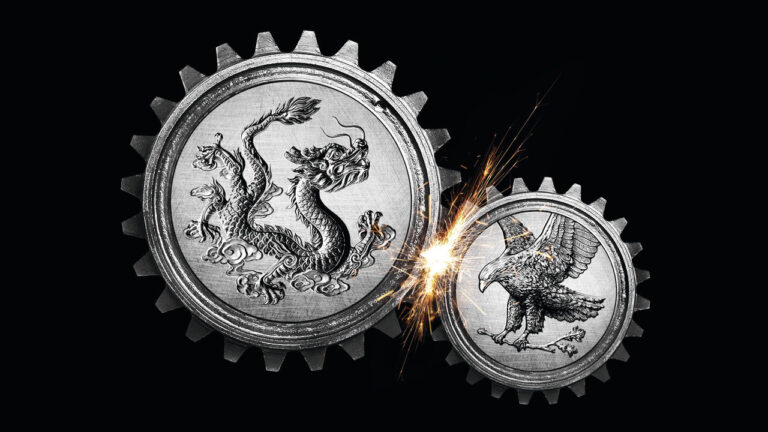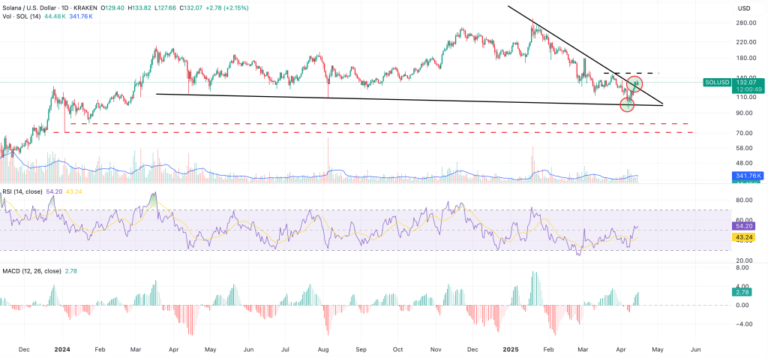
For many, Microsoft Excel is the epitome of corporate drudgery. Its dreaded #VALUE! error has driven an incalculable number of users to despair. Yet among financial analysts, management consultants and even the odd business journalist, the spreadsheet program, which this month entered its 40th year, is a handy tool for everything from interrogating company financials to pricing assets. Satya Nadella, the boss of Microsoft, the software giant that created the program, has called it the “best consumer product” the company ever made. It even has its own world championship in Las Vegas, where spreadsheet wizards pivot, concatenate and VLOOKUP their way to victory.
Excel was not the first spreadsheet for personal computers. That honour belongs to VisiCalc (short for visible calculator), built in 1979 by Dan Bricklin, then a student at Harvard Business School. By 1983 a rival program, Lotus 1-2-3, had taken the lead. When Microsoft released Excel in 1985, it brought a few clever twists. Instead of recalculating every cell when one changed, Excel updated only the affected cells. This made it much faster, especially on the limited hardware of early personal computers. Microsoft also ditched the clunky command-line interface for a graphical one, making it far easier to use.
Excel quickly became one of the most popular business tools. Exact figures are hard to pin down because the software is bundled with other Microsoft products, but last year the company reported that its cloud version had nearly 400m paid users. Google Sheets, a competing product from the search giant, has gained ground in recent years, but remains in Excel’s shadow, particularly for more complex calculations.
Excel has featured in plenty of commercial and policy screw-ups—though its defenders will be quick to blame human error. The financial world is littered with tales of costly spreadsheet blunders. Excel has also been blamed for botching gene names in over a third of genomics papers (because it labelled them as dates), underreporting covid-19 cases in England (because it only had a limited number of rows to record the results) and disrupting the trial of January 6th rioters in America (because sensitive information was left in hidden cells).
Such snafus have not dented Excel’s dominance. Might artificial intelligence (AI) steal its crown? With whizzy new tools powered by the technology promising to make data analysis easier, the familiar grid of numbers and calculations could soon feel outdated. Rather than replacing spreadsheets, though, AI might make them even better. Last month Microsoft introduced an AI assistant for Excel which lets users crunch data using natural-language prompts. Excel, and its faithful, aren’t ready to be filtered out just yet.■


















